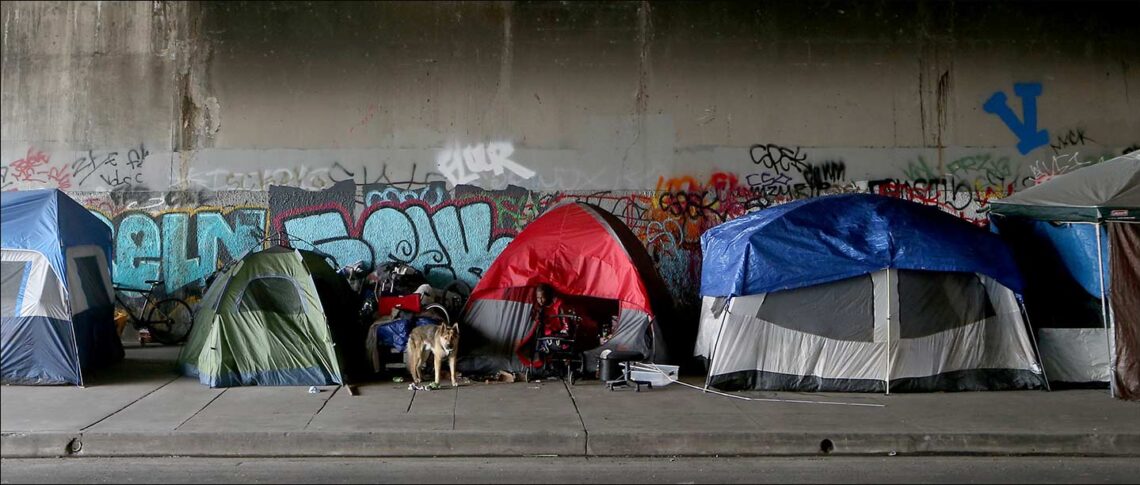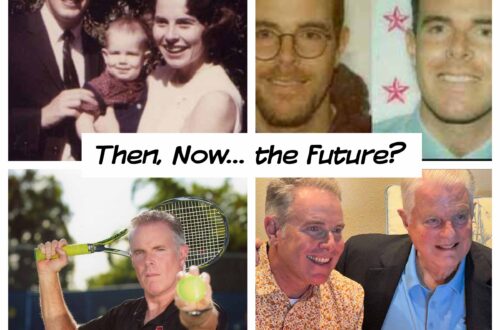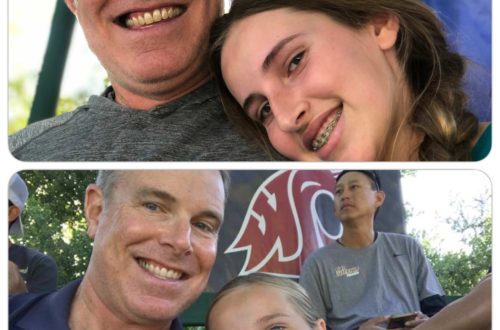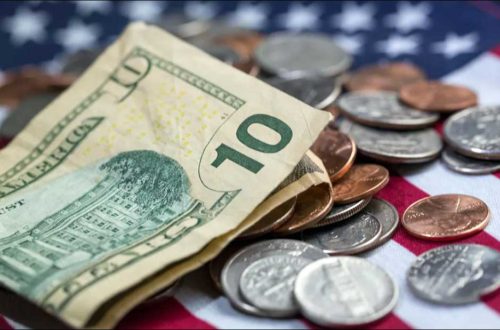I am currently watching the Friday Night Lights TV series with my younger daughter. I don’t really want to watch it, but my daughter loves having a show we can watch together. So each night we watch one episode while we cuddle on the couch.
This particular show has given us countless moments of discussion over thorny issues high school students face: the legal system, mental health, romantic relationships, parent-child dynamics, bullying and the like. In fact, Friday Night Lights has been no less than an entree into a whole situational ethics conversation between father and 13-year old daughter. If I tire of the TV sitcom artificial cheese drama – which this show has in spades – I console myself with the fact that sooner or later my daughter will pull away from me, as her older sister has done, and whatever parenting influence I had will have been done. “Might as well milk that cow while there is still milk in the udder,” I think to myself. So I watch Friday Night Lights with my daughter, night after night, after having watched the entire Kobra Kai series.
And of course the Friday Night Lights TV show has “teenagers” who look like the 25-year old young adults they are in real life, and there is more “drama” in one episode of TV high school life than one would find in five high schools put together. In short: the show is unrealistic. Real life would be boring. TV can afford to be many things, but it cannot be boring. My daughter drinks it up. I am a bit overwhelmed by all the hard-to-believe drama. “This is not high school,” I complain.
In particular, there is one actress in the show who is drop-dead gorgeous. “In 27 years of teaching high school I have never encountered a student that breathtakingly beautiful,” I told my daughter. She did not believe me. But I was speaking the truth. (It does not hurt that the actress was 26-years old during the filming, had professional makeup and hair done for the show, always appeared in perfect lighting, etc.) Almost all of the people in Friday Night Lights are physically attractive – isn’t that TV? “Where are all the ugly people at?” one wonders. In fact, where are all the “average looking” people are on TV? They are not on the Friday Night Lights sitcom, that’s for sure.
At any rate, I grew semi-curious about this actress whose name I found out was Minka Kelly. What was her real story? In the show Kelly plays the character “Lyla Garrity.” Her character is the pampered daughter of a prosperous local businessman who is a devoutly religious Christian cheerleader:

So I went and read Minka Kelly’s autobiography, “Tell Me Everything.” It was quite the read. Minka’s real life was the exact opposite of her TV role: she grew up with a stripper mom addicted to drugs who could barely take care of herself, not to mention her daughter. Kelly’s mom was as bad a caretaker of Minka as you might suspect. Minka’s childhood was chaotic, abusive, and random: the unfortunate kid scraped to get by. Minka found a few allies, but she mostly raised herself. Minka’s childhood mostly was a nightmare. I read the story and could hardly believe what I was reading.
I am not sure why I was surprised. As a long time public school high school teacher, I have seen no small number of horror stories from the disordered chaotic family lives of some of my students. Minka Kelly’s life was pretty bad. I felt a bit bad about myself reading her story: it was akin to rubbernecking at a traffic wreck on the freeway, or paying to see the bearded woman in the circus. (I felt even worse paying for and reading this book.) After a hardscrabble upbringing in Albuquerque, New Mexico, with the help of her estranged father Minka moved to Los Angeles. She eventually became a successful actress. Kelly writes the following about arriving to the City of Angels:
“I was excited to be in LA, looking forward to making a new and bigger life for myself. As Rick turned onto Beverly, I couldn’t get over the light filtering into the car. There was a glow here which was different from other places, distinctive. The sun shines just a little differently in Los Angeles – there was a golden quality to the atmosphere that mesmerized me. I stared out the window, taking in my new home, breathing in the scent of eucalyptus mixed with exhaust.”
“Tell Me Everything,” by Minka Kelly
That resonated with me. In reality, just as Minka Kelly was arriving there to start her adult life, I was departing. I had lived in LA for some 13 years since college I had started my young adult life in the City of Angels. Minka was there at 19-years old just getting started. But her words resonated with me: I arrived there when I was 20. As with Minka, when I first lived there, I was in love with Los Angeles. I thought I might live there forever. But this Los Angeles was a place which no longer exists today, and that idea is the point of this essay. I will explain later.
Even though I lived such an extended formative part of my young adulthood in Los Angeles, I care almost nothing for the place now. I lived in LA from 1987 until 2000. Then I moved north to Ventura, CA at the turn of the century and have been here ever since. My stay in Ventura County has been successful, more or less; it is where I raised my kids and worked most of my career as a teacher, for better or worse. But Los Angeles for the past 10 years has been a place I drive through to get to Orange County. I have lots of memories from my time in Los Angeles, but the place holds next to no charm for me now.
I sometimes think about what my life would have been if I had not moved to the suburbs. Could I have lived my adult life as a public school teacher there in Los Angeles? Sure. I started my career in the Los Angeles Unified School District (LAUSD) and taught there for three years. But I had way too much respect for myself to work for the LAUSD long-term. Anyone who has the means in Los Angeles puts their kids in private school rather than have them go to the mostly miserable public schools. And so the teachers there have in their classroom students living in poverty the vast majority of the time.
So I return to that question: What if I had continued to work for the LAUSD as an inner-city school teacher? 30 years of teaching at Belmont High School or Manual Arts High School? I shudder at the thought. No, thank you. The LAUSD schools were struggling and low-performing then and are no better now – and for the same reasons. It is about poverty, coming from immigration. Los Angeles is mostly a Mexican city (re. immigrants from Mexico) as much as it is an American one, and Mexican politicians will visit LA to court Mexican voters when they campaign for office. All the way from Pacoima to Arleta to Rampart Village to Pico-Union to Monterey Park to Maywood to Cudahy to Compton to Lynwood to Long Beach to Norwalk to Garden Grove to Santa Ana – the barrios of Southern California are full of working class folk struggling to move ahead, and often failing to do so. Maybe the biggest story in LA since I left it, other than mass homelessness, is the gentrification of low income neighborhoods and poor people being displaced from places like Echo Park and East LA. I am so happy to have escaped becoming a public school teacher in such a sociopolitical milieu. My God, it was a close call! And to think initially I volunteered to do just that out of misplaced idealism. Talk about young and dumb! But I learned.
Over time the 19-year old Minka Kelly eventually became a successful actress in Los Angeles. Because she had money Kelly was never going to live in a poverty-ridden neighborhood with high levels of crime. She was never going to rub elbows with working class cholos in areas where people dump old couches on street corners (although she did precisely that as a teenager in Albuquerque). Kelly lived in the nice part of town as an adult. Because she was wealthy. But she still had to live with the homeless under freeway overpasses which litters the landscape everywhere; nobody in LA escapes the floridly psychotic man on the corner talking to himself while pooping on the sidewalk. You can pay 3 million dollars for a house in Venice and still have a homeless person shooting up drugs and sleeping almost on your doorstep. That is LA. For the wealthy and the poor equally. And there is not much in between the very wealthy and the very poor in metropolitan Los Angeles: it is a Third World type of place. So the private schools are exclusive and expensive, and the public schools are low performing and horrible.
Yet even from what it was like life in Los Angeles has declined since I left. Here is an LA then and now story to illustrate how much Los Angeles has gone downhill in the past twenty years:
There was a Carl’s Jr. at 3816 Sepulveda Blvd in Culver City, and I used to frequent the place often back in the day. (I memorably lost my passport there back in 1992.) The geographic location of this Carl’s Jr. was convenient as a place to maybe eat something, use the bathroom, and gather my wits before going elsewhere; it was right off the 405 Freeway, so one could go north and south on Sepulveda, or east and west on Venice Blvd. Here is where it is:
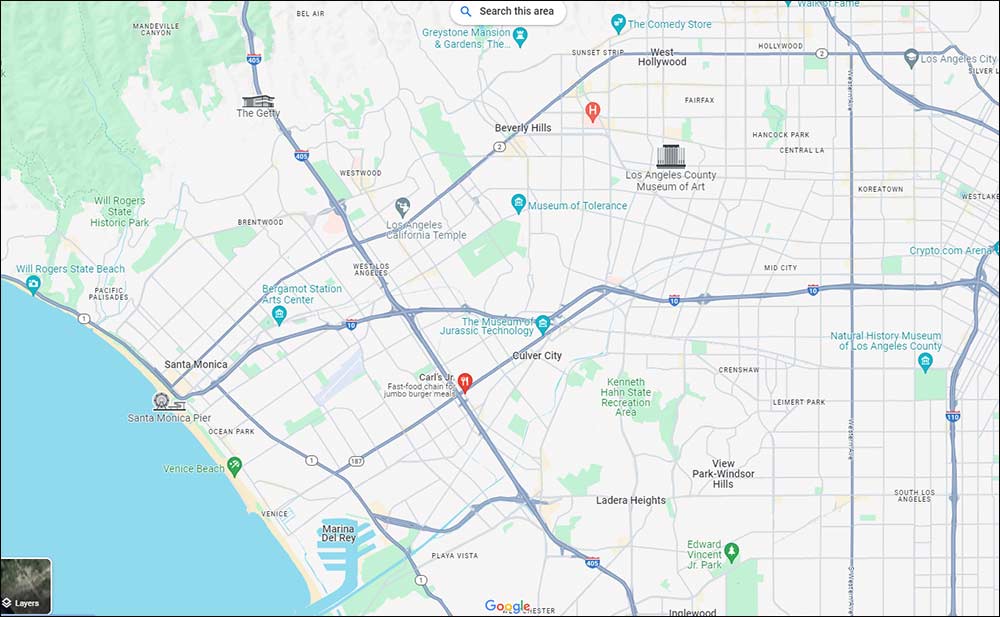
This restaurant was safe and clean. Over the years I found myself at that Carl’s Jr. often. I would sit there and read the newspaper. Or I would take a pit stop before going towards downtown, or into Westwood or Santa Monica, or wherever. Going to that Carl’s Jr. had become almost a ritual for me back in the 1990s, and the place was welcome and known. I could trust it.
About five years ago (circa 2018) I stopped there for the first time in forever. I had to pee badly so I exited the 405 Freeway at Venice Boulevard and pulled into the Carl’s Jr. at 3816 Sepulveda Blvd. But the sidewalks on both sides of Venice Bld. under the 405 Freeway were lined with tents with the homeless camped out. It looked something like this –

– it was open-air camping on the public sidewalks. Every part of the open areas were covered with the detritus of destitute people. I was amazed. That was a completely different look from what I had ever seen there before. It was as if the bacillus of desperate squalor had spread from its traditional epicenter in Skid Row to parts of the city where such blight had not previously been seen. I was taken aback. The Carl’s Jr. on Sepulveda had homeless people in the parking lot and in the restaurant. There was a security guard on duty there, and there was a security code to get into the bathroom. The Carl’s Jr. looked tawdry and dirty, as if it had become a de facto refuge for the homeless to use. There was a tense feeling in the entire scene that had not been there twenty years before. “Man, how much this place has changed!” I thought to myself. It had taken a turn for the worse. I had my young daughters in the car, and I did not want them in that scene. I did not want to be there either. The latitude and longitude 34.012596576672486, -118.41656023624921 had become inhospitable. I have never returned to that Carl’s Jr since.
Los Angeles. The homelessness. The crime. The gentrification. The unaffordability. The Third World rich-poor dynamic. The freeways. The traffic. The COVID-19 pandemic. The place had gone to the dogs.
I had loved living in LA in the 1980s and 1990s. But by 2000 I was soured on the place, left it, and almost never looked back. It was frustrated strangers stuck together in freeway traffic, in my lived experience. But by 2020 the place horrified me. LA had all the bad from before, with even more homeless tucked into every nook and cranny they could find. There were some 75,000 homeless people in LA, and approximately 30% of the total homeless population in the country was in California. Yuck. The City of Los Angeles had become somewhere I drove through on the freeway to get somewhere else; I would not get off the freeway, if I could help it. Since I left, LA had declined. The place gave me a bad feeling in my gut. I can hardly believe that I had chosen to work as a public school teacher in the Los Angeles Unified School District. What was I thinking?
And this is perhaps part of the larger picture of how “the California dream” had died since I grew up here.
I read about the much publicized debate last week between Gov. Gavin Newsom (CA) and Gov. Ron DeSantis (FL), which is really a debate between liberal and conservative America, or California and Florida. Ron DeSantis seems a bit of an ass to me, and so I take everything he says with a grain of salt; but most of what he said negatively about California is absolutely true.
The weather is wonderful and the scenery is beautiful in California. But there are so many other reasons to leave. But I find it hard to leave the temperate California climate as I look at the future and possibly moving to another state. Colorado snow? No, thank you. Arizona desert heat? Yikes. Not ideal. Florida humidity? I would be reduced to a puddle of sweat. But I don’t really have much first hand experience with any of those places. So I can’t speak with much authority.
But I won’t be living in a place like Los Angeles again.
Ideally, a young person should grow up in the suburbs with soccer fields, good schools, personal safety, and full freedom to roam. It’s a great place for 9-year olds, but a boring one for 19-year olds. The young adult then should go to college in a city full of excitement and energy where there is a lot going on. Enjoy! But then after marriage and babies arrive, you will want to exit the city and return to the suburbs. You can raise your kids there. The cycle is completed.
So I have lived my life.
But retirement beckons. And I still have two decades or so left. After retiring I should have a guaranteed salary for the rest of my life. I can live wherever I want. Inside California. Or outside of it. I have choices. And that is great. But with the freedom to choose comes the burden of making a choice. One can suffer from “analysis paralysis.”
So what to choose?
We shall see.
All my essays end up sounding the same, eh dear reader?
What should I do? Where should I go? How should I live?

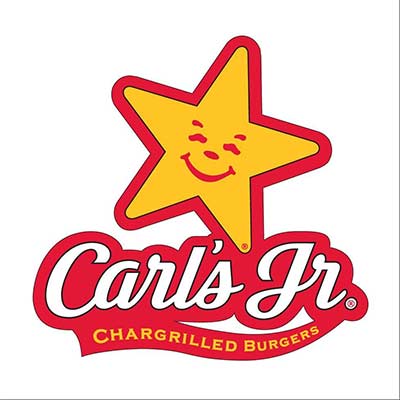
Hostili Terra.
